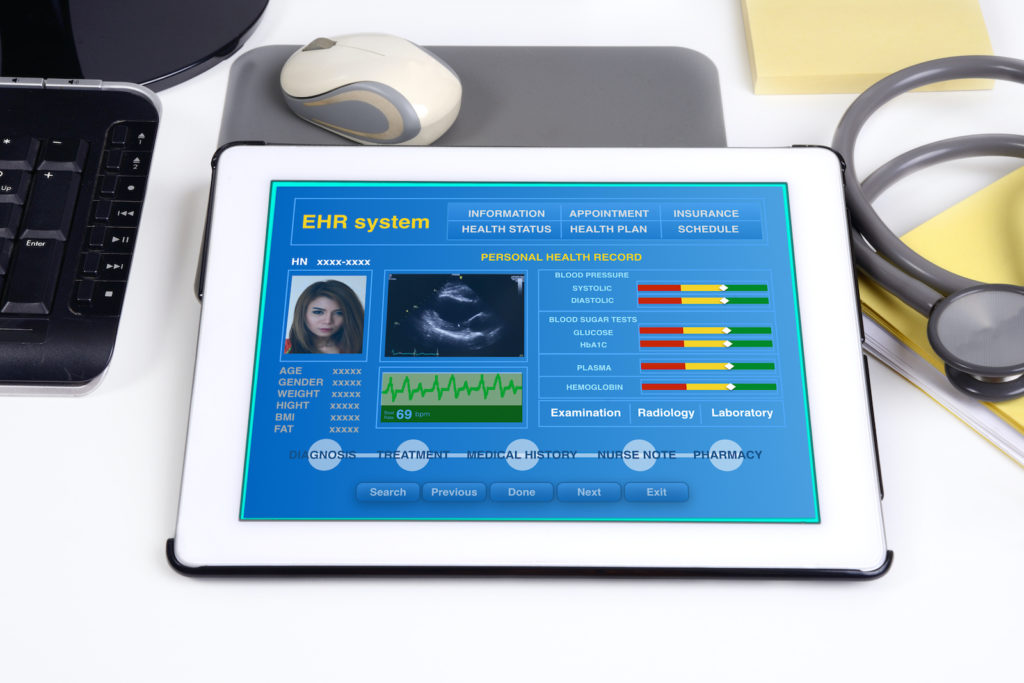
Having a Portal Is Only a Start
Patient engagement with your patient portal is an important part of growing your medical practice. Most electronic health record (EHR) systems and medical informatics companies equate the patient portal system with patient engagement. This is a mistake. A computer portal system is NOT engagement or even communication for that matter. A portal is exactly what it sounds like–a doorway into the EHR and the practice that can be leveraged for efficient communication. Better and faster communication is important, but only if it is also effective communication.
Meaningful Use from the Physician and Patient’s View
The portal is a tool for providing the patient timely laboratory and test results, the ability to review, request, and obtain their own medical records, and a method to communicate with the physician and staff. Although it has been shown that maximum utilization of the patient portal improves the status of some chronic conditions, just having a portal accomplishes nothing. In fact, a poor patient portal experience can sour the patient’s opinion of the entire practice and create more work for the physician. The exact mechanisms for portal use, patient buy-in, and staff buy-in are not well delineated. Creating a truly optimized portal experience requires planning and ongoing revisions. Make sure your patients understand the system and goals of using the system. This will improve their experience and help avoid system over-use/misuse.
Before rolling out a patient portal, understand the capabilities and limitations of the system. Numerous settings can make you more effective or can make you look disengaged. Most portal systems have internal settings for control of what is released to the patient and when it becomes available. Reviewing laboratory studies and providing comments to a patient before he or she sees the raw data can help avert needless worry for that patient and reduce extra phone calls for your staff.
Connecting the Portal to Other Engagement Methods
No matter how robust your patient portal, effective patient engagement is about relationships, not technology. During a visit and at checkout, the physician and staff must stress the practice’s desire to communicate effectively with their patients and provide education that helps them thrive. If the patient does not already have a portal account, take the time to create one and explain both its importance and its convenience. Send an initial message to the patient immediately and make sure the patient has clear instructions for using the portal.
Don’t leave any of this process to chance. Make sure the system works correctly, the patient understands the protocol, and most importantly, stress your commitment to improving the patient’s quality of life. This clearly shows the patient that you care about them as individuals and that you are trying to improve their health as much as possible. The patient portal is simply one of the tools being used. The telephone remains important for meaningful engagement. Above all, the in-person office visits remain the foundation of the relationship.
During the visit, you can use the portal to send the patient a reminder about a reference book, potential side effect, or simply an encouraging comment about their efforts to adhere to a treatment plan. Don’t allow the portal to become a comment board or to create busy work for you and your staff. Harness the portal system to improve care through efficient communication.
See our Top Ten Ways to Improve Patient Engagement
Follow us on Twitter, Facebook, and LinkedIn to join the conversation about growing your practice.


